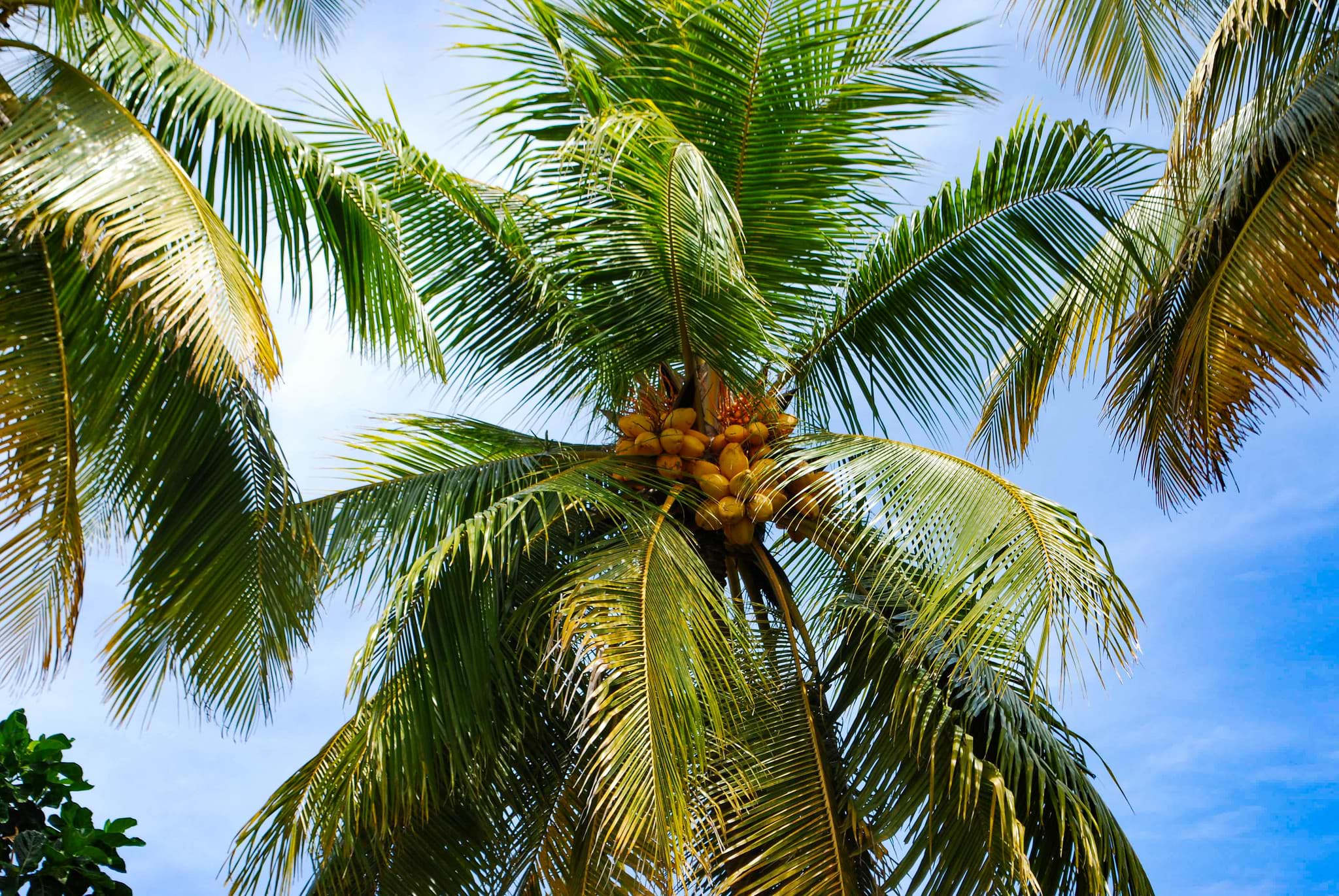Now you have your blog ready to go with posts and your lovely pictures. The next step is to start promoting your blog through Pinterest.
Why Pinterest is the best for new blogs
That’s a great question – a lot of people don’t seem to truly understand how powerful Pinterest is. Pinterest is a visual search engine – think Google for images.
Its not like Instagram either which is a visual based app. It means that Pinterest is not as concerned with your follower count as they are with how much value your pins provide to readers. This is good because unlike IG where you have to grow an audience to lead to your content on Pinterest you can lead to your content straightaway.
The quality of pins are measured in several ways:
- Average repin rate of your pins relative to follower count
- The average click-through rate for your pins when they appear in the SmartFeed, or in search results
- Average time spent on your site AFTER someone clicks on a pin
- The bounce rate of whatever landing page/blog post your pin leads to
Like all things on the web, Pinterest has an algorithm which identifies quality and relevance for users.
How do you leverage Pinterest to work for you?
We do this by ensuring that pins get SEO optimized for whatever keyword(s) you want your article/pin to rank for.
SEO (search engine optimised) is a fancy way of saying that your pins have the words that people may be looking for e.g. If my pins says “Wearing my beautiful dress I made while on holiday in Zimbabwe” for on a pin that links to my sewing pattern review of the dress then my pin will not come up for “sewing dresses” or “handmade dresses” because my description doesn’t even contain the keyword “sewing” or “sewing patterns”.
Use the keywords that are relevant to the content. We will be looking at SEO in greater detail in a couple of weeks but for now your pins need to include the title of your post.
Before we get into the nitty gritty of Pinterest you need to set up a Business Account on Pinterest. This will allow you to schedule pins and claim your website so you can create rich pins.
Create boards
You want to create relevant boards that tie into your site content. E.g. I have a sewing blog so I have a Handmade Clothes Boards, Handmade Skirts, Independent Sewing Patterns, etc. Boards are like your tags and categories but in a visual format.
You will also create a Best of board only contains your stuff from your blog, This will be the board with the name of your site as its board name. You will pin all your site pins here.
Join group boards
If you can find group boards in your niche then try to join. Group boards give you an opportunity to get your content in front of many people.
Creating your pin
Use Canva.com to create your pins. Canva already has the custom pin dimensions and templates that you can use. A few things to keep in mind when designing your pin:
No.1 It has to be easy to read. No fancy swirly text.
No. 2. Use eyecatching colours to make your pins pop and stand out.
No.3. DONE IS BETTER THAN PERFECT. You will never create the perfect pin – so forget about making it perfect. You just need a visual representation of your blog post.
(I will cover Canva in more details next time I see you)
Creative commons images
You should only use copyright free pictures. NEVER just use a google image result. Luckily there are plenty of free stock photo sights where artists generously give away the copyright and let anyone use the pictures.
Free pictures resources:
Fonts
You can get free fonts to use on several websites. Be sure to check the license agreement on the font before you download it though to make sure that’s completely free. Some fonts may say you can use for free in PDF newsletters but when it comes to a website they charge for a certain number of views. (All the fonts in Canva are royalty free fonts so you don’t have to worry about that). You can always buy the font if you really like it and can even use it on your blog.
Free font websites:
How many pins per blog post?
To start off with design 3 pins for your post. As your blog grows and you start to see which posts are more popular you can then go on to create more pins for your popular content – popular posts usually tend to be the most value adding for the user so you want to keep getting traffic to them.
That’s it for now. We will go deeper into Pinterest at a later stage. The important thing now is to start creating your pins for your posts and get into the habit of making a minimum of 1 pin per post. The pinnable image is placed as the last thing on your post. I have added examples pins I made for a book review post that I did. I could have just pinned a picture of the book but this was visually more eyecatching nad it got a lot of clickthroughs to my blog and a few Amazon purchases through my affiliate link for the book.
I thought I’d include some pin examples:

